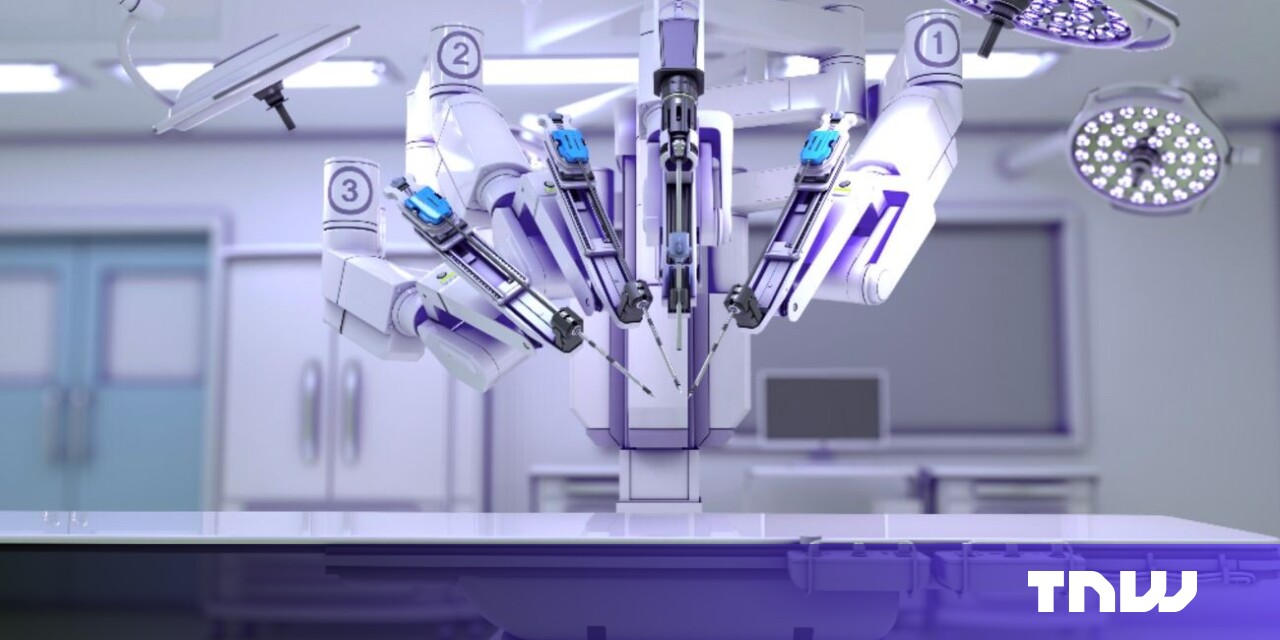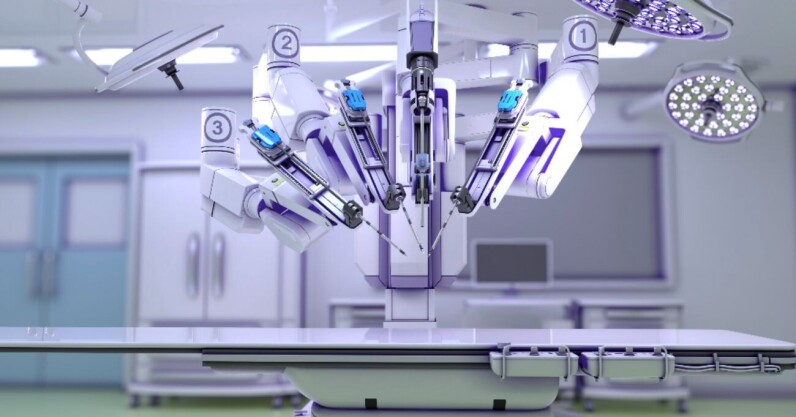
A Spanish hospital has successfully completed what is believed to be the world’s first fully robotic lung transplant.
Surgeons at the Vall d’Hebron University Hospital in Barcelona used a four-arm robot dubbed ‘Da Vinci’ to carry out the procedure. The patient was a 65-year-old man called Xavier, requiring a lung transplant due to pulmonary fibrosis, a life-threatening lung disease.
Typical lung transplants are highly invasive: a 30 cm incision must be made in the chest and multiple ribs broken. This allows surgeons to access a patient’s lung, remove it, and replace it with a healthy lung from a donor.
But thanks to Da Vinci, the surgeons were able to cut a much smaller access route in the chest without having to break any bones. The new lung was deflated so that it could enter through the tight incision, which was only 8 cm wide. Smaller cuts were made in the side of the ribs to accommodate the robot’s arms and 3D cameras — which give surgeons a 360-degree view inside the lung.
Join us at TNW Conference June 15 & 16 in Amsterdam
For 24h only! Get 50% off your Business Pass ticket before its too late
Da Vinci robots were developed by American corporation, Intuitive Surgical, in 2000, and are now used to treat hundreds of thousands of patients each year. The system doesn’t perform the surgery itself but translates a surgeon’s hand movements at a console in real-time.
The robot has only been used for a lung transplant once before, at the Cedars-Sinai Hospital in Los Angeles. However, on that occasion, it was only used for part of the procedure, and the lung was still inserted into the chest in the traditional way.
Vall d’Hebron’s novel application of the tech is less painful for the patient and reduces the risk of post-op infection as the wound closes easily, it said.
“We believe it is a technique that will improve patients’ quality of life, reduce the post-surgery period, and reduce pain,” said Dr Albert Jauregui, head of the Thoracic Surgery and Lung Transplants Department at Vall d’Hebron University Hospital.
Due to the incision’s small size, Xavier only took paracetamol after the operation. Conventional lung transplants generally require post-surgery treatment with much stronger opioid painkillers.
“From the moment I regained consciousness and woke up from general anaesthesia, I had zero pain,” said Xavier.
Other patients on the waiting list for lung transplant surgery at Vall d’Hebron will now be offered the new technique, Jauregui said. He added that he hoped that in the future, this new approach for lung transplantations will become the global standard.
“This operation will not remain only in Vall d’Hebron, which is why we’re showing it to the world, because if this technique works, and we believe it does, then it has to be expanded, because the most important goal is to help more people,” he said.
Going forward the transplant team looks to further refine the procedure, and they predict that the first double-lung transplant using this technique could take place in just a few months.







